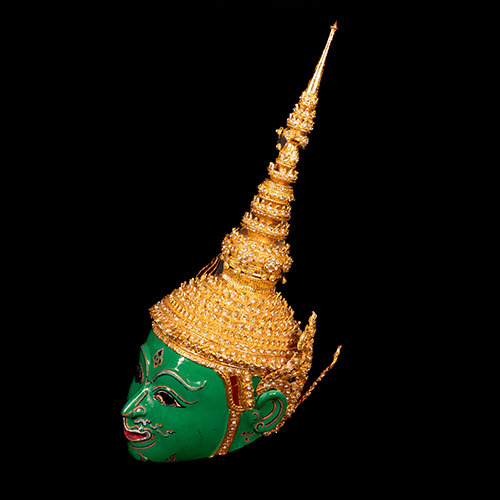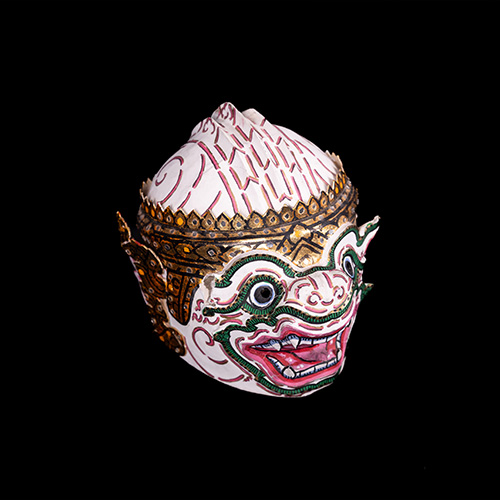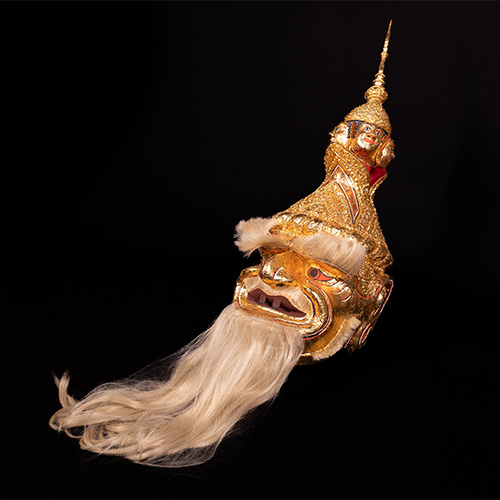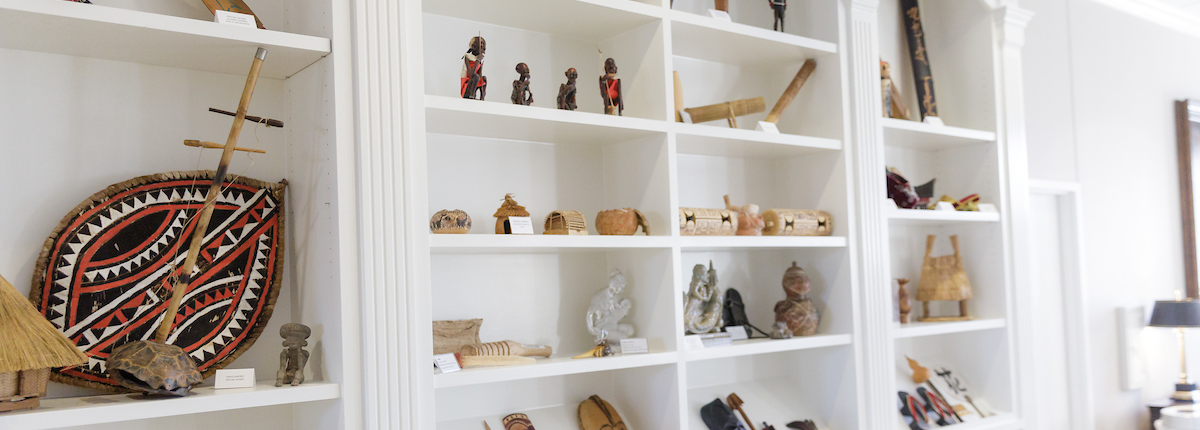Southeast Asia
A Culturally Diverse Region
Southeast Asia is a tropical region with a monsoon climate. It has dense jungles and has many islands and coasts. The area is home to many fascinating animals, including the mouse deer, a small deer about the size of a cat, and three different subspecies of tiger. Southeast Asian coral reefs have the highest marine biodiversity in the world.
The people of Southeast Asia are similarly diverse. Around 635 million people live in the region. The largest ethnic group in the area is the Java people of Indonesia, numbering about 145 million. There is a significant number of overseas Chinese immigrants, as well as Malaysians, Thai people and Vietnamese, as well as many other peoples.
Yi or Lolo
The Yi or Lolo people are an ethnic group found in Thailand, Vietnam, and China. They are the seventh largest minority recognized by the People’s Republic of China (out of 55) and live primarily in rural areas around Sichuan, Yunnan, Guizhou, and Guangxi, generally living along steep mountain slopes. Because of their geographic locations, the Yi people are primarily farmers and nomadic hunters, herding sheep, cattle, and goats. The weather in these areas is unpredictable and highly variable, with the mountain slopes sometimes causing extreme weather differences. The Yi practice a form of animism with Taoist and Buddhist elements. Animism is the belief that objects, places, and creatures all possess a distinct spiritual essence. Animism perceives all things, including animals, plants, rocks, rivers, weather systems, and in some cases words—as being animated, having agency and free will. They still retain a few ancient religious texts written in their native pictographic script.
Java Puppet (Wayang)
Wayang is the Javanese term for any type of theatre, including shadow puppetry, human theatre, and puppetry with wooden dolls. Occasionally, wayang is used to describe the puppets themselves. It is frequently a type of shadow puppetry where the puppets are moved behind a screen. Wayang Golek is a type of Indonesian puppetry involving wooden dolls. These wooden dolls are exquisitely crafted, and although they employ simple mechanics with rods to move their hands and a central control rod for the body, they are capable of closely imitating human movements, including dance. Puppetry is a common art form throughout Asia. The puppets are used to tell local legends, epic myths, and plays that were invented entirely by playwrights. In Indonesia, wayang characters are derived from the Hindu Mahabharata and Ramayana, or from the Panji cycles, stories native to Java. Although the characters are derived from this pool, the stories can vary widely.
Cambodian Khon Masks
These handcrafted masks, called Hua Khon, originate from Thailand and were part of costumes used in Khon, a masked dance drama popular during the 19th and early 20th centuries. Many plays were based on the Ramakein, the Thai version of the Indian epic Ramayana. Made from paper mache, polychrome, leather, and gilded mirrored glass inlays, these masks were only expected to last a few seasons and were in need of constant repair. There are hundreds of characters within Ramakein.
The masks that the ICC currently possess:
- The green-faced mask is a male mask characterized by its simple face and crown style. This mask is the character Phra Ram. Phra Ram is the central Hero of Ramakein, and is the reincarnation of Phra Narai, the 27th monarch of Ayutthaya Kingdom and the last monarch of the Prasat Thong dynasty in 17th century Thailand.
- The White-faced mask with an open mouth, fangs, and golden crown is the monkey warrior Hanuman. Hanuman is a Chiranjivi, a wandering immortal, and the offspring of the wind deity Vayu.
- The large golden mask with the beard is unique in that it is not a mask original to Ramakein. Instead, it belongs to the Khmer version of the Ramakein. The character is called Eyesei the Hermit, and he was supplanted in the story as a replacement for several removed characters.




